What do interior designers do? Understanding their work, from concept to completion
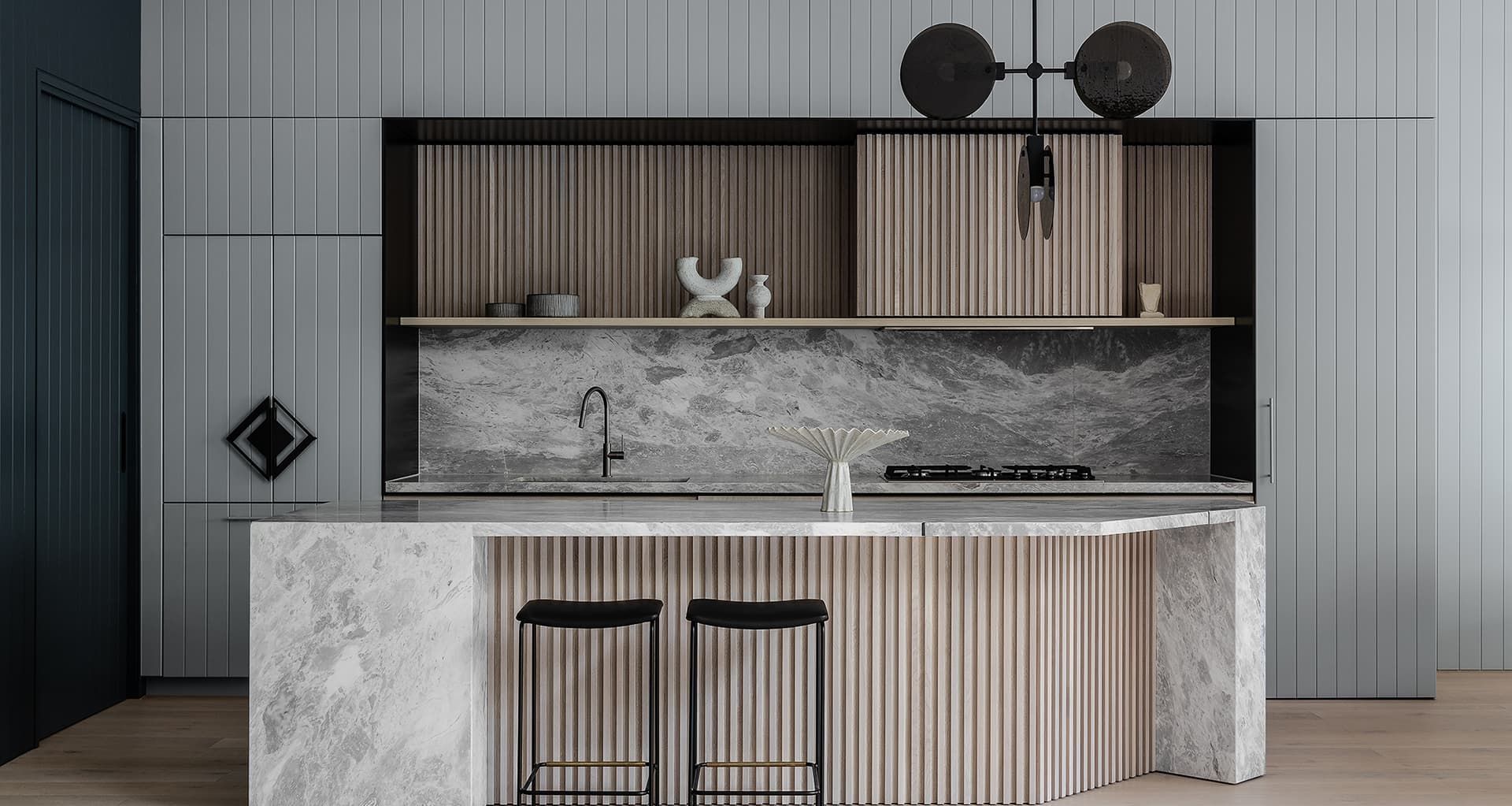
Managing a home interior project requires juggling many factors, from selecting furniture to choosing wall colours, all while balancing aesthetics with functionality. This is where a professional’s expertise becomes invaluable. While hiring an interior designer can simplify the process, it's important to carefully assess their skills and approach to ensure you choose the right professional for your project.
Roles and responsibilities
The role of an interior designer is to prioritise the visual aesthetics and functionality of indoor spaces. When you meet with a professional, they will assess your needs, goals, and budget for the project that you have in mind and create a plan that addresses space, lighting, furniture arrangements and materials. Fortunately, their responsibilities extend to gathering all the needed resources to bring your vision to life, including coordinating with contractors, overseeing installation, and ensuring that the project aligns with your vision.
Services offered
Interior designers will offer an array of different services depending on the scope of the project, which can include:
- Space planning and layout design: Optimising the use of available space.
- Colour consultation: Selecting colours that complement the style and mood of the room.
- Furniture selection: Recommending and sourcing appropriate furniture pieces.
- Lighting design: Ensuring adequate and aesthetically pleasing lighting solutions.
- Material and finish selection: Choosing the right flooring, walls, and cabinetry materials.
- Custom design work: Creating bespoke furniture or design elements.
- Project management: Overseeing the entire process from start to finish.
Types of industries and projects
While many associate interior designers with residential home design, their expertise spans multiple industries:
- Residential: Crafting living spaces, kitchens, bedrooms, and home offices.
- Commercial: Developing functional and inviting workspaces in offices, shops, and restaurants.
- Hospitality: Designing interiors for hotels, lounges, and entertainment spaces.
- Healthcare: Creating comfortable, accessible, and compliant environments for hospitals and clinics.
- Education: Shaping environments for schools, universities, and educational institutions.
- Government: Enhancing public spaces and government buildings, including municipal offices and community centres.
- Corporate: Designing corporate offices, meeting rooms, and executive spaces.
- Retail: Establishing engaging and effective retail environments for shops and showrooms.
Although an interior designer can enhance the form and function of any indoor space, it’s important to remember that not every designer specialises in every industry. If a project falls outside their expertise, they may refer you to another designer better suited to meet your specific needs.
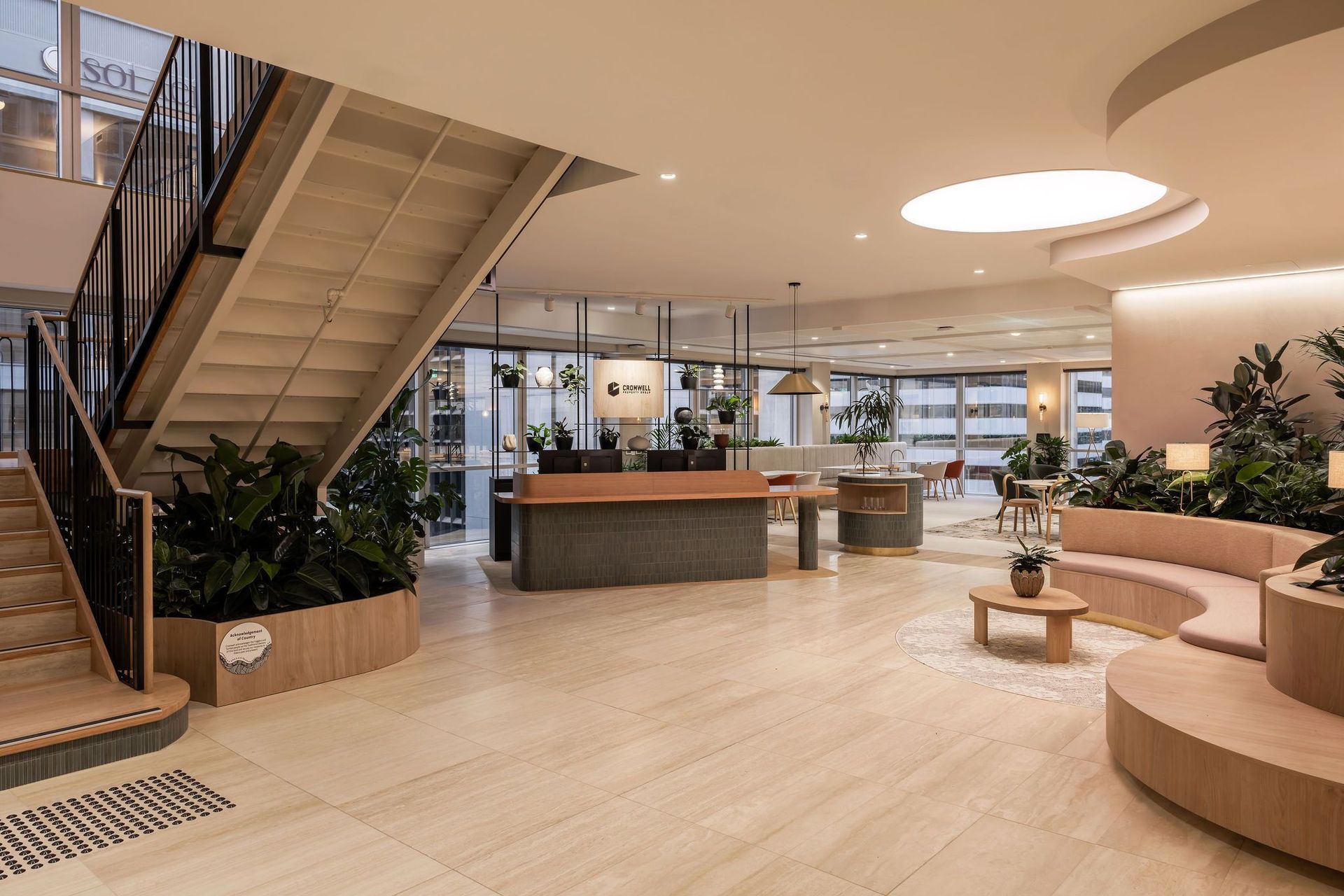
The process of working with an interior designer
Collaborating with an interior designer can be intricate, so it's essential to clearly understand what to expect to avoid potential pitfalls.
- Initial consultation: The designer meets with you to understand your needs, preferences, budget, and the scope of the project. This may involve discussing lifestyle, aesthetic preferences, and functional requirements.
- Site assessment: The designer visits the space to evaluate its current condition, take measurements, and note any structural or architectural details. This helps the designer understand the design's possibilities and limitations.
- Concept development: Based on the initial consultation and site assessment, a design concept is created, which can include sketches and digital renderings to illustrate the proposed design direction.
- Design presentation: The concept is then presented to you, detailing design choices, materials, and layout, followed by feedback and discussion.
- Detailed design: Once you approve the concept, the designer develops detailed plans, including floor plans, elevations, specified materials and 3D renderings.
- Budget and procurement: A detailed budget is prepared to help select and purchase materials, furniture, and accessories, including sourcing items and coordinating with suppliers.
- Project management: The designer manages the design implementation, which includes coordinating with contractors, overseeing construction or renovation work, and ensuring that the project stays on schedule and within budget.
- Installation and styling: Once the construction or renovation is complete, the designer oversees the installation of furniture, fixtures, and accessories. They style the space to ensure everything is cohesive and visually appealing.
- Final walkthrough: The designer conducts a final walkthrough with you to ensure that all design aspects have been executed as planned and that the client is satisfied with the result.
- Post-completion follow-up: Post-completion support addresses any issues or makes final adjustments to ensure you are satisfied with the result.
Each project may vary slightly based on its scope, size, and complexity, but these stages give a general framework of what to expect from the interior design process.
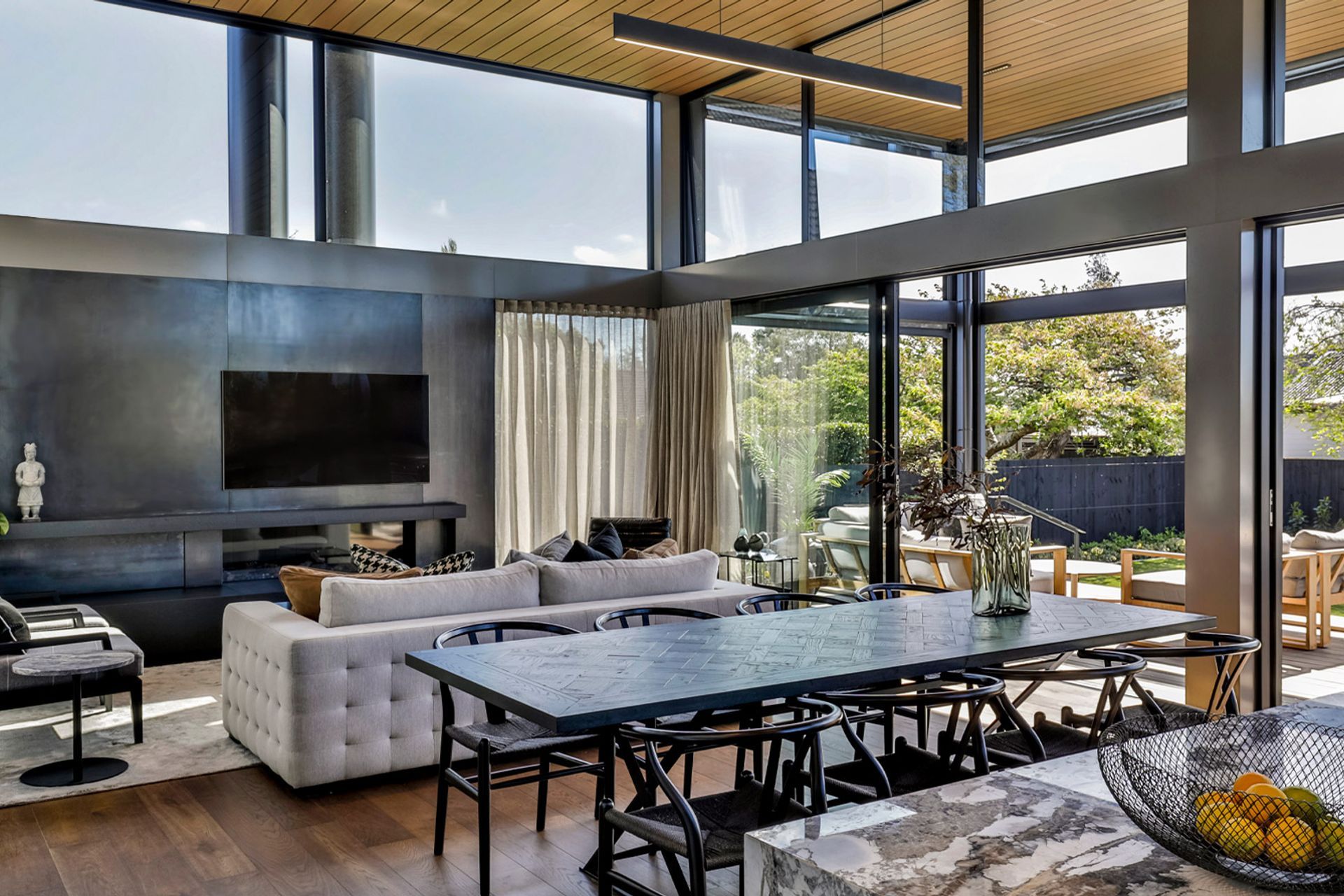
Cost of an interior designer
Several factors will affect the interior designer's cost, such as the project's size, the designer's experience, and where they are located in Australia. Furthermore, payment can be made in several ways:
- Hourly rates: They typically range from $50 to $500 per hour. For an entry-level designer, you can expect closer to $50 to $90 per hour, with mid-level between $100 to $300 and senior level at $300+.
- Flat fees: A one-time charge usually reserved for smaller, streamlined projects.
- Percentage of project cost: Designers may take a percentage of a project, which is between 10-30%.
- Location: Traditionally, South Australia, New South Wales and ACT are known for having higher hourly rates for interior designers.
Other factors that influence the cost of an interior design project
While the cost of hiring a designer is a key consideration, it's equally important to understand the overall expenses of the project itself. Several factors influence the total cost of an interior design project, including:
- Size of the project: Larger projects require more time, materials, and labour, significantly impacting the cost. A single-room redesign will cost less than a full home or office overhaul.
- Type of room: Different rooms come with varying levels of complexity. Kitchens and bathrooms, for example, often require specialised materials and fixtures, making them more expensive to design than living rooms or bedrooms.
- Materials and furnishings: The quality and quantity of materials used, such as flooring, paint, or furniture, can drastically affect the cost. High-end, custom or rare materials will increase expenses compared to standard options.
- Other services hired: The involvement of additional professionals, such as contractors for lighting installations, plumbers, or electricians, will add to the overall project cost. Designers often collaborate with these professionals to ensure cohesive execution.
Gathering quotes for your project
When seeking quotes for an interior designer in Australia, start by researching and contacting multiple designers to compare their pricing and services. Request detailed quotes outlining the scope of work, including design fees, material costs, and additional expenses. Be clear about your project’s requirements and budget to ensure accurate estimates. It’s also helpful to ask for a breakdown of costs to understand how your money will be allocated. Also, check if the quotes include project management fees, contractor coordination, and other services. Comparing quotes from several designers will better understand market rates and help you make an informed decision that fits your budget and design needs.
When to DIY and when to consider an interior designer for your project?
Deciding whether to DIY or hire an interior designer largely depends on the scope and budget of your project. If your project is expected to exceed $1,000, investing in a professional designer can be highly beneficial. Their expertise becomes increasingly valuable as the complexity and budget of your project grow, helping you make informed decisions, ensure a cohesive and stylish outcome, and manage the project efficiently. A designer’s experience can also help you avoid costly errors, optimise your investment, and achieve a polished, functional space that enhances both aesthetic appeal and functionality. Furthermore, interior designers can significantly boost your home’s value, streamline the process with their network of trusted contractors, and improve your overall quality of life, making their services a worthwhile investment for long-term property appreciation.
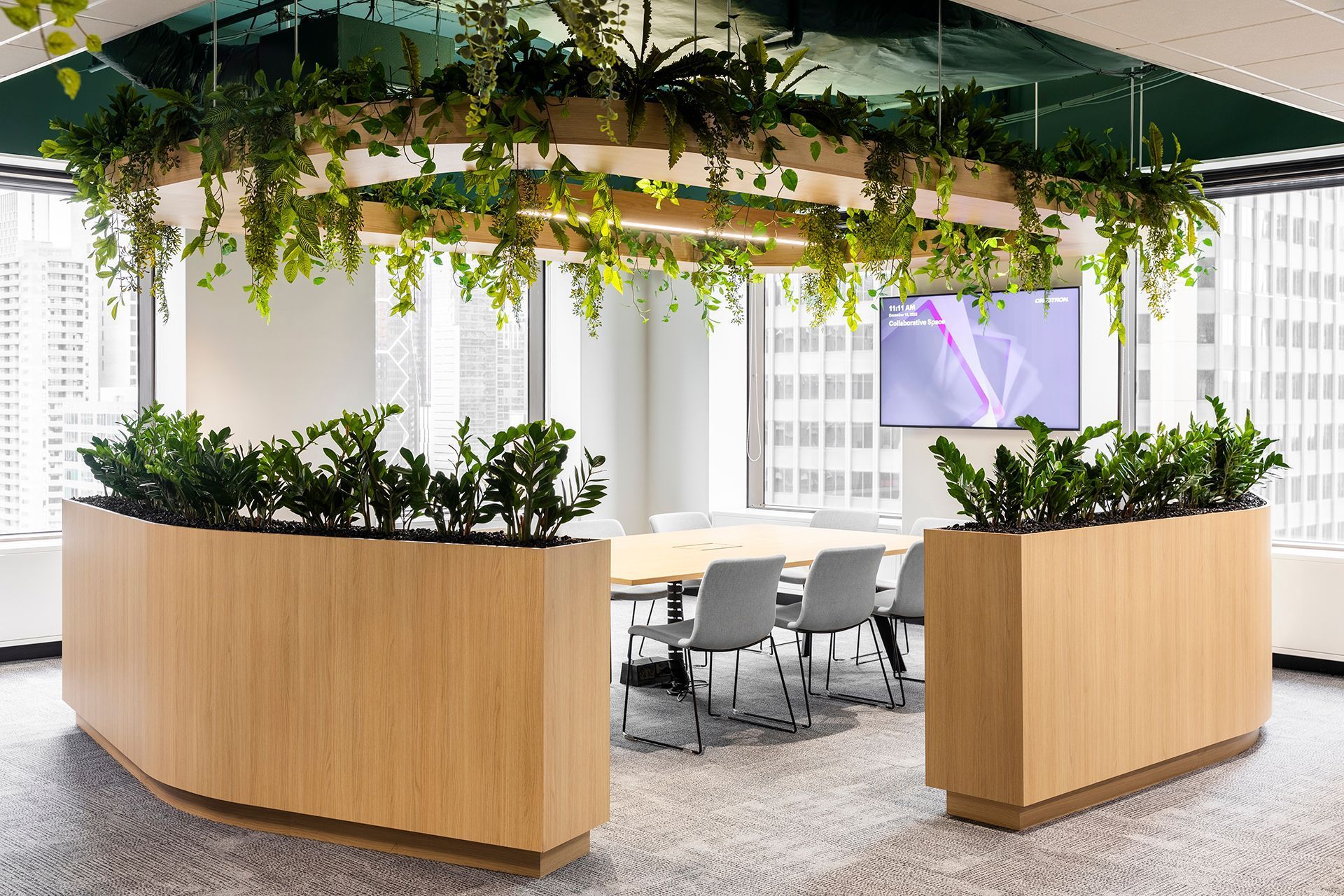
Red flags to look out for
Like other professions, it's important to know the red flags that separate the good interior designers from the bad. Fortunately, most of these are straightforward, but there are some bad traits that can be difficult to spot before hiring a designer:
- Unrealistic promises: If a designer guarantees results or timelines that seem too good to be true, they may not be reliable or honest about what’s achievable.
- High pressure to sign quickly: If a designer pressures you to sign a contract or make decisions rapidly, it might indicate a lack of transparency or confidence in their work.
- No clear fee structure: Avoid designers who are vague about their pricing or unwilling to provide a clear breakdown of costs and payment terms.
- Overly narrow focus: A designer who only pushes their own style without considering your preferences and needs may not be the right fit for your project.
- Frequent changes in project scope: If the designer frequently changes the project scope or budget without justification, it could signal poor planning or dishonesty.
- No contract or written agreement: Always insist on a written agreement; if a designer is unwilling to provide one, it may indicate a lack of professionalism or accountability.
- Inconsistent design ideas: If the designer’s ideas or suggestions are inconsistent or don’t align with your vision, it may suggest a lack of understanding or skill.
Key credentials to consider
When hiring an interior designer in Australia, it’s crucial to consider their credentials to ensure you’re working with a qualified professional. A reputable professional should hold a relevant degree from an accredited institution, such as a Bachelor of Interior Design, demonstrating a strong foundation in design principles. Accreditation from professional bodies like the Design Institute of Australia (DIA) is also important, as it signifies adherence to industry standards and ethical practices. Additionally, the designer should have relevant experience, as reflected in a robust portfolio of similar projects. It’s also wise to check client reviews and ensure they have professional indemnity insurance to cover potential liabilities. These credentials collectively ensure that the designer is well-equipped to deliver high-quality, professional results for your project.
Checklist for choosing an interior designer
- Define your project scope: Determine the size and scope of your project, whether it’s a single room or a whole house.
- Research potential designers: Look for designers with experience relevant to your project type and check online reviews.
- Review portfolios: Examine past work to see if their style aligns with your vision and assess their versatility.
- Check credentials: Verify their qualifications and confirm membership in professional organisations.
- Request references: Contact previous clients to gather feedback on their experience.
- Schedule consultations: Meet potential designers to discuss your project and gauge their understanding and enthusiasm.
- Clarify costs and payment structures: Obtain a detailed breakdown of fees and ensure you understand all costs and payment terms.
- Review contracts: Carefully read and understand contract terms, including timelines, deliverables, and cancellation policies.
- Evaluate their approach: Assess their problem-solving skills and ability to manage various aspects of the project.
- Trust your instincts: Choose a designer you feel comfortable with and who shows genuine interest in your project.
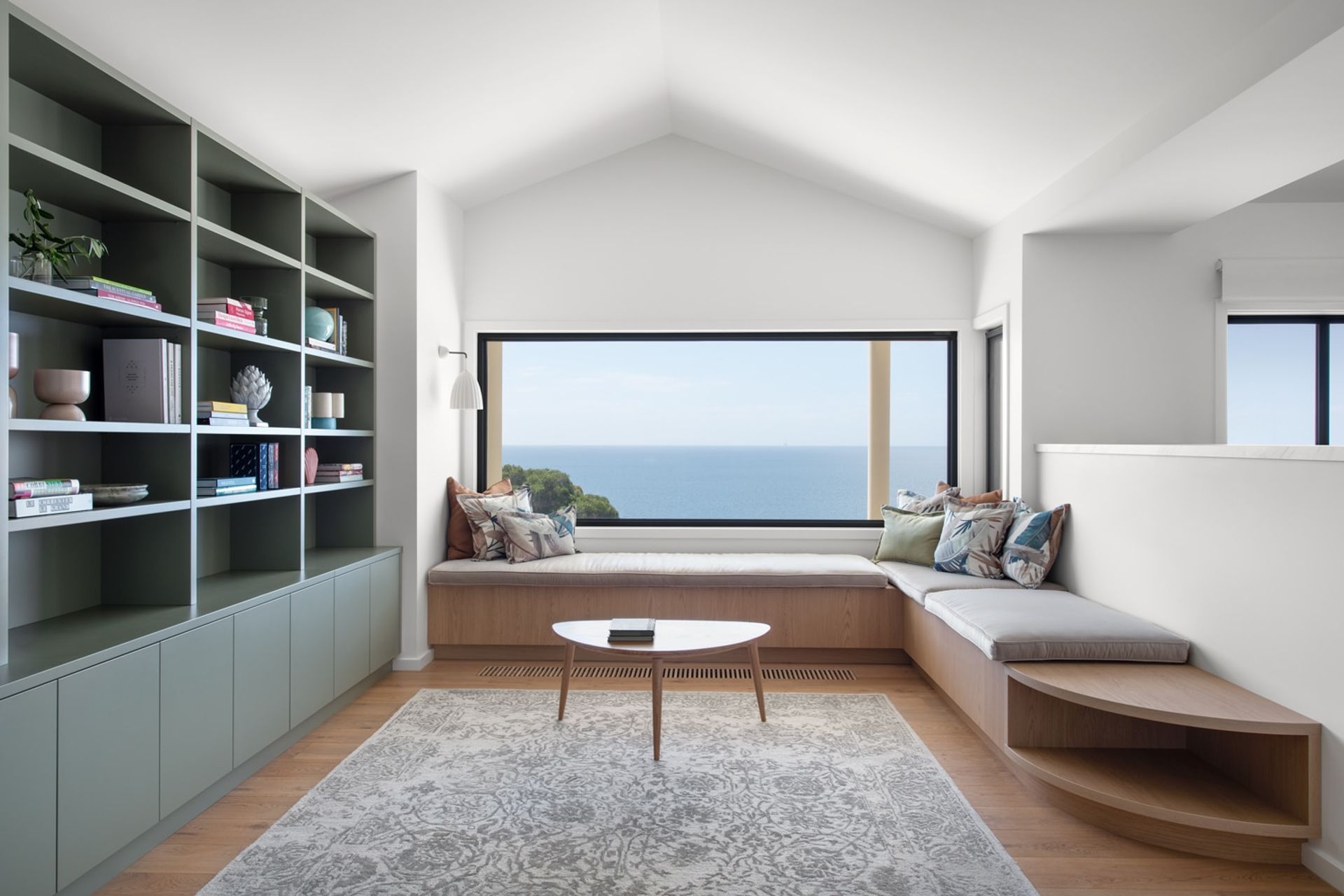
Find the interior designer who will make your vision come to life
In conclusion, interior designers play a crucial role in transforming indoor spaces, blending aesthetics with functionality to create visually appealing and practical environments. Their work involves a range of responsibilities, from space planning and material selection to coordinating with other professionals and managing the project’s execution. Understanding their services, project types, and cost factors can guide you in making an informed choice when hiring a designer.
Ultimately, investing in a professional interior designer can significantly enhance the value and livability of your space. By being aware of potential red flags and looking for key traits and credentials, you can ensure you select a designer who aligns with your vision and needs. Whether it’s a single room or a whole-house project, the right interior designer can turn your ideas into a beautifully functional reality.
Related article: What do architects do? An essential read before your next project
